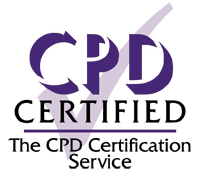1 September 2016
| Gauri Mankekar
It has always been challenging to visualise cranial nerves on traditional imaging as the cranial nerves have a fine structure and complex anatomy. This is especially true regarding the cochlear nerve. In congenitally hearing impaired children, the visualisation of the...

